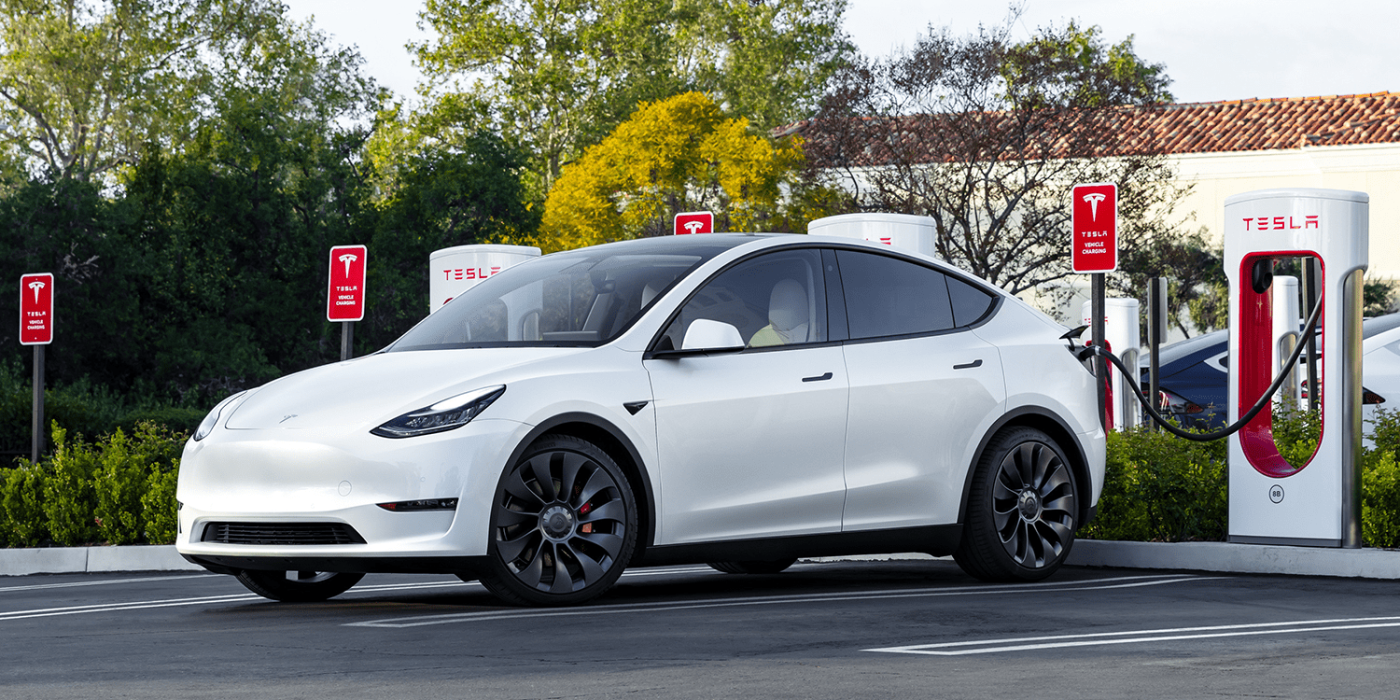Norway hits new record with 32,714 BEVs registered in December
In Norway, 32,714 new electric cars were registered in December, compared to 138,292 for the whole of 2022, giving fully electric cars a new registration share of 82.8 per cent in December. The most successful model in Norway in 2022 was the Tesla Model Y.
It was already apparent in November that there would be a new BEV record for the year: With the cumulative 105,573 pure electric cars to date, EV registrations were already very close to the figure for the whole of 2021 after eleven months – at that time 113,751 battery-electric cars were newly registered within twelve months.
The fact that it became such a clear record in Norway with 138,292 new electric cars in the full year was due to the strong December: with 32,714 new electric cars, the end of the year was by far the strongest month in 2022. Compared to the full year 2021, the growth amounts to 21.6 per cent. From December 2021 (13,803 new e-car registrations) to December 2022, growth was a whopping 137 per cent.
Across all drive types, 174,329 new passenger cars were registered in Norway in the previous year. This was only 1.1 per cent below the 2021 result for the year as a whole, which is remarkable given the global supply chain issues. Also noteworthy, the 138,292 new electric passenger cars accounted for 79.3 per cent of the total for the year. Add to this the 14,848 new plug-in hybrids (of which 19,05 were in December) and 153,140 new cars in Norway, or 88 per cent of all new registrations, had a charging connection. Although the Norwegian Road Information Authority (OFV) only refers to “zero-emission vehicles”, the share of fuel cell vehicles is so small that it is not shown separately. They are almost exclusively battery-electric vehicles.
The 21.6 per cent increase in BEV registrations more than compensated for the loss of plug-in hybrids – 61.1 per cent fewer of hybrid-electric vehicles were registered than in 2021. New registrations of the other drive types also declined (at the expense of BEV growth). Full hybrids still had a market share of 5.4 per cent. Petrol-only vehicles lost market share from 4.2 per cent in 2021 to 3.6 per cent now, and diesel vehicles fell from 4.0 per cent to 3.1 per cent.
This is also due to the fact that it is becoming increasingly difficult to get a new combustion engine in Norway, as more and more importers are switching to battery-electric drives. Hyundai took this step at the turn of the year, and from January 2024 the Norwegian Volkswagen importer Møller Mobility Group also intends to import only electric cars. From the end of 2025, only purely electric passenger cars will be allowed to be newly registered.
The most popular model in Norway in the previous year was the Tesla Model Y. With 17,356 new registrations (4,524 in December alone), the Model Y alone achieved a market share of ten per cent across all drive types. This would put the Model Y alone in third place in the manufacturer ranking – ahead of BMW, Toyota, Volvo, Mercedes-Benz, Audi, Skoda, Hyundai and Kia. The Tesla Model Y thus also surpassed the registration record of the VW Beetle from 1969.
However, the strong final spurt in December was not carried by the Model Y alone with its 4,524 new registrations. In second place (in December and for the whole year) is the VW ID.4 with 2,075 units or 11,561 new registrations for the whole year. It is striking that eleven other models reached four-digit registration figures in December, starting with the Volvo XC40 (1,944 units), followed by the BMW i4 (1,340 vehicles), Skoda Enyaq (1,339 units), Mercedes EQC (1,306 units) and the Volvo C40 (1,237 vehicles). If the technically closely related Volvo models were counted as one series, they would be in second place behind the Model Y with 3,181 units.
In the year as a whole, the order was similar: the Model Y is in the lead here with the aforementioned 17,356 units, the ID.4 follows in second place with 11,561 new registrations. The bronze rank goes to the Skoda Enyaq with 7,558 new registrations, the second German model lands in fourth place in the form of the BMW iX (6,395 units). With a strong December, the XC40 moves up to fifth place (5,507 vehicles), displacing the Hyundai Ioniq 5 (5,044 units). For its part, the Ioniq 5 had its strongest month in December with 1,074 units, but that was not enough against the Volvo. This chart shows how the registrations of some of the top-ranked models have developed over the course of the year – continuous deliveries vs. quarterly boosts for Tesla.
With reporting by Sebastian Schaal, Germany.




